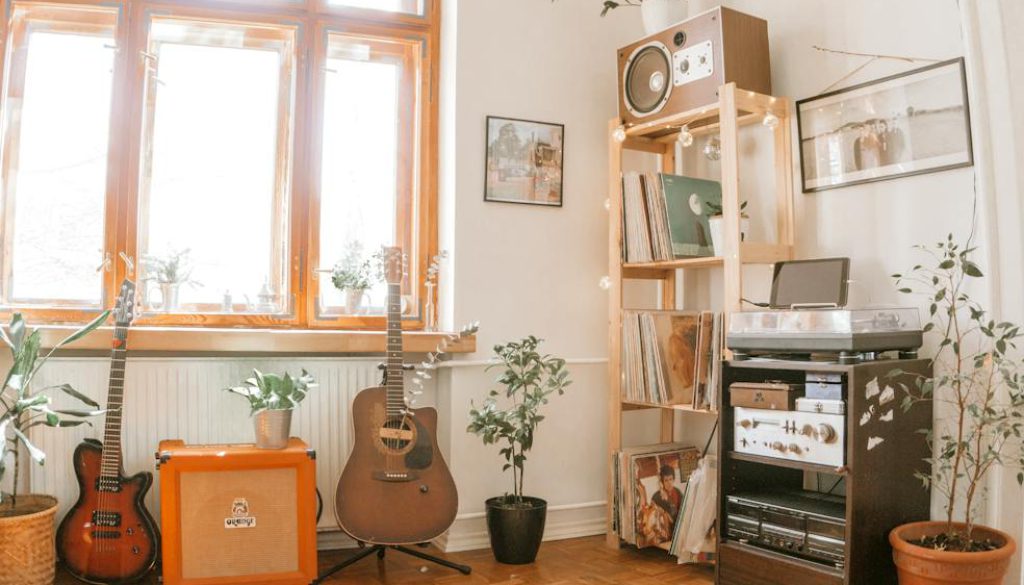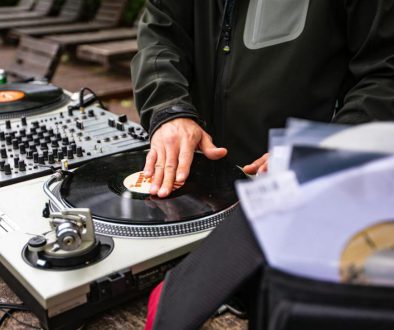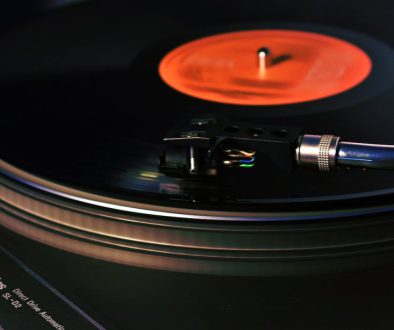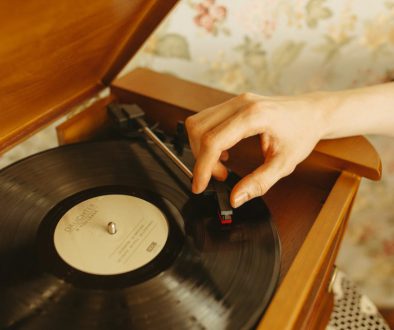Record Shelf – How to Organize It?
For vinyl enthusiasts, organizing a record shelf is not just about storage; it’s an art form that showcases a personal music collection while ensuring the longevity of each record. A well-organized record shelf not only enhances the aesthetic appeal of a space but also plays a critical role in preserving the quality of vinyl records. This article will guide you through the essentials of setting up and organizing a record shelf, addressing key considerations such as shelf height, storage orientation, capacity, and the impact of environmental factors like sunlight.
How High Should a Record Shelf Be?
The height of a record shelf is a crucial aspect to consider for both accessibility and aesthetic balance. Ideally, a record shelf should be high enough to keep your records away from potential floor-level harm (like spills or bumps) but not so high that it makes accessing your records inconvenient. A common recommendation is to keep the top shelf at or below eye level, which is approximately 5 to 6 feet for most people. Adjustable shelves are a great option as they allow for customization based on your collection’s size and your space.
Is it OK to Store Records Slanted?
Storing records in a slanted position is not recommended. Over time, storing vinyl records at an angle can lead to warping or bending, especially under the weight of other records. It’s best to store them vertically and upright. This position ensures that there is minimal pressure on the records, keeping them straight and preventing any potential warping. If you notice your records leaning, it’s a good indication that you need either more records to fill the space or some sort of bookend or divider to keep them upright.
How Many Records Can Fit on a Shelf?
The number of records that can fit on a shelf depends on the shelf’s length and the thickness of the records and their sleeves. On average, you can fit about 40 to 50 standard LPs per linear foot of shelf space. However, double albums, gatefolds, and special editions may take up more space. It’s important not to overcrowd the shelf to avoid excessive pressure on the records at either end. Leaving some space allows for easier access and reduces the risk of damaging the records when removing or placing them back on the shelf.
Does Sunlight Damage Vinyl Records?
Yes, sunlight can significantly damage vinyl records. Direct exposure to sunlight can cause the vinyl to warp and the record’s sleeve artwork to fade. UV rays can deteriorate the vinyl material, affecting both its visual appeal and sound quality. It’s best to position your record shelf in a place where it’s not exposed to direct sunlight, or use UV-filtering blinds or curtains if the records are near a window. Additionally, maintaining a stable room temperature and avoiding areas with high humidity is also important in preserving your records.
Conclusion
In conclusion, organizing a record shelf requires thoughtful consideration of the physical and environmental factors that affect vinyl records. By ensuring the right shelf height, storing records upright, managing shelf capacity, and protecting records from sunlight, you can create a visually appealing and functional space that keeps your collection safe and sound. Remember, a well-organized record shelf not only displays your musical taste but also plays a vital role in preserving the integrity of your cherished vinyl records.



